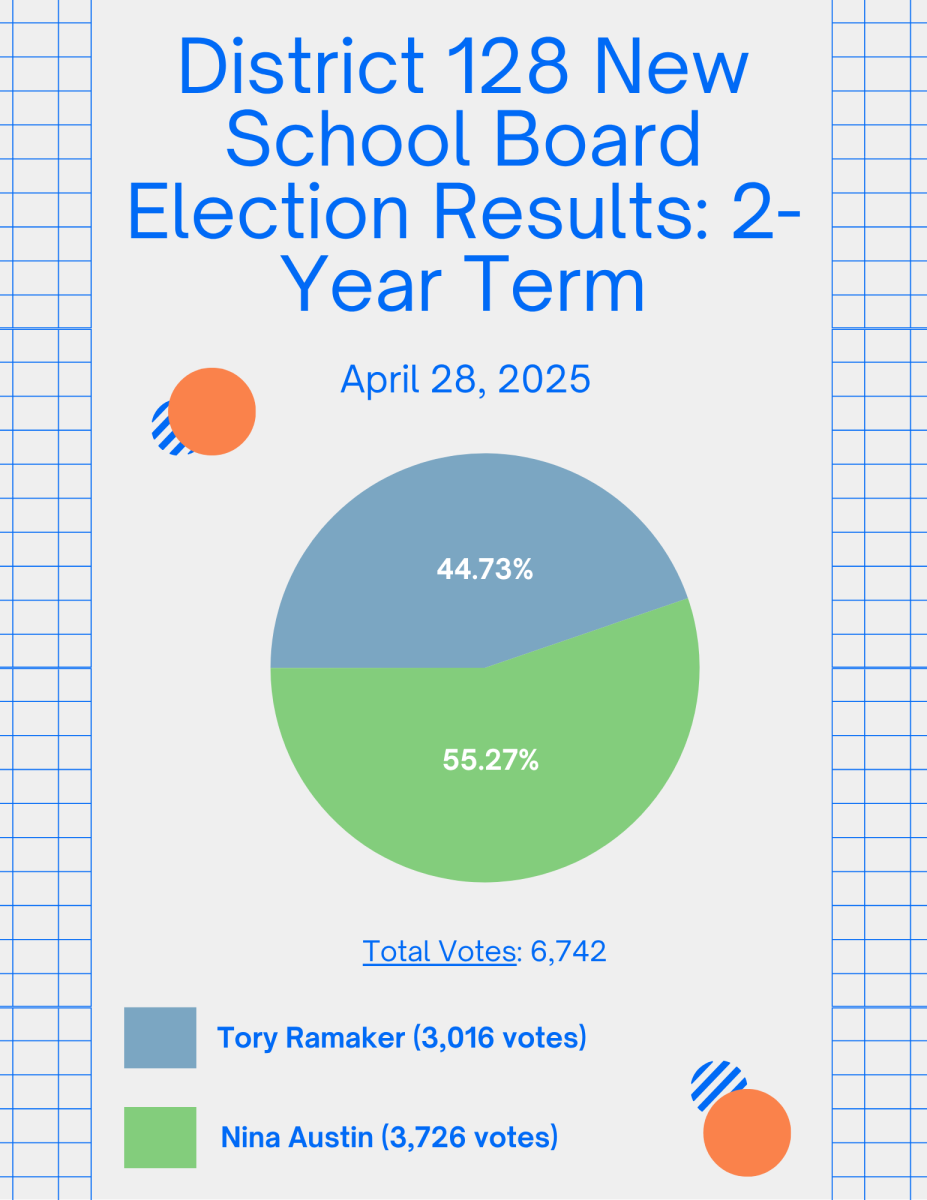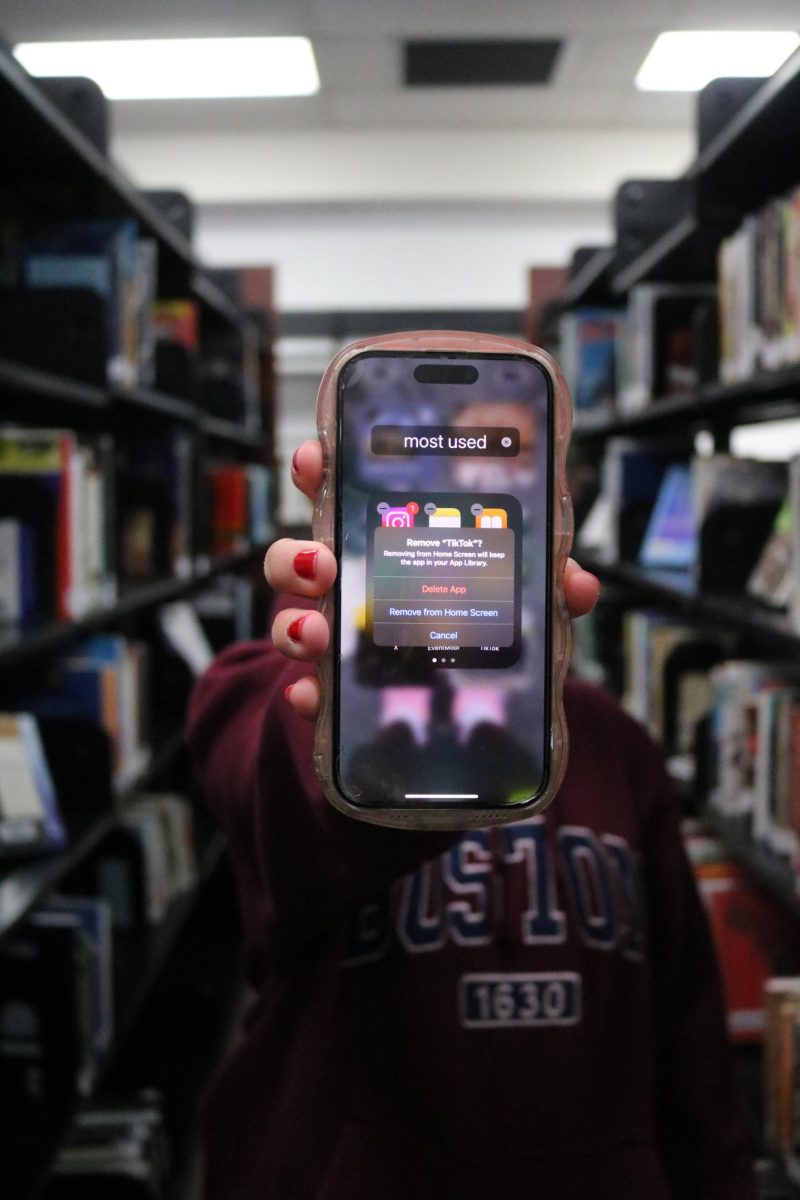
The PARCC exam, recently administered to freshmen on March 3 and 10, has been a topic of controversy among the student body as the new computerized exam may eventually take over the world of standardized testing.
The abbreviation PARCC stands for Partnership for Assessment of Readiness for College and Careers. According to PARCC’s website, the test was created because many states adopted new, more rigorous academic standards in 2010 and 2011, and the old standardized exams simply couldn’t measure up because they only tested students on lower-level skills. The new PARCC exams assess students’ current performance and help give schools more information, which could improve instruction.
Spring 2015 was the first time the PARCC tests were officially administered nationwide, and 12 states participated. These states were Arkansas, Colorado, Illinois, Louisiana, Maryland, Massachusetts, Mississippi, New Jersey, New Mexico, New York, Ohio, and Rhode Island, along with the District of Columbia.
The PARCC exam tests are all computer-based and assess students on critical thinking and analytical skills by having them answer questions related to real-world problems. States are able to decide which grades to test, as the PARCC administration has tests for grades 3 through 8, as well as high school.
Even though the computers provide expanded opportunities for a wider variety of questions, there were some technical difficulties at LHS that went along with them during testing.
“I like paper and pencil better. I don’t like electronics, and I had a couple technical problems myself during testing. When I started, it wouldn’t let me log in, a lot of the people in my class had that, like the server was down so the IT had to come down and fix it,” stated freshman Kylie Rodriguez.
The exams consist of two parts: A performance-based component, which is given over several days at the three-quarter mark of the school year, and an end-of-year component, which will be given in late spring. The performance-based component captures critical thinking and reasoning skills through extended tasks like reading an excerpt from a book and writing about it, whereas the end-of-year component consists of innovative, short-answer questions.
Many students in the freshmen body struggled with some of the new style questions and felt that they were harder than any of the questions they had seen on previous standardized tests.
“I didn’t like it cause they gave us way too much time for the test, and we were just sitting there with nothing to do for like an hour, and there were a lot of questions that were really hard and some people just filled out ‘I don’t know,’” shared freshman Avryl Johnson.
The first part of the test was administered on March 3 and consisted of the English Language Arts portion of the test. LHS made room for all students taking the tests by having them use Chromebooks in classrooms. The second day of testing, a week later, the school gave the Algebra I test and used the three computer labs, library classroom, and the library. On this day, the tests were given in two shifts: a morning group and an afternoon group.
“[The kids] were amazing,” stated LHS science teacher Ms. Dana Brady, one of the teachers who administered the tests in March. “They knew the layout of the test and were patient; I think their freshman teachers prepped them really well.”
Students also received a lunch break halfway through testing.
“I would rather just take the test so I could go home and then eat lunch later after the test. It was a break, but it was kind of unnecessary,” stated Johnson.
Freshman Maddie Rodriguez felt similarly about the lunch break: “I would prefer to just go straight through cause I think it would just go by faster.”
Many students across several districts shared Johnson’s feelings towards the test and one boy from Highland Middle School in Libertyville, 11-year-old Sam Morgan, refused to take the test altogether.
The story was featured on the front page of the Chicago Tribune last month and according to the story, Morgan’s family allowed him to opt out of the test, but he was still forced to sit in the testing room with his peers. He was not able to read or draw during the duration of the test, which lasted a total of two hours on the first day. Due to academic challenges, Morgan is allotted extra time on standardized tests and because of this, he was forced to sit there while other kids did the test plus the extra time that he would have been given.
“It is so demeaning — if there is no test, he doesn’t need the extra time,” Sam’s mom, Kerry Morgan, told the Chicago Tribune.
Only three students at Highland Middle School opted to not take the test out of 1,000 students who attend the school. Morgan’s family shared with the Chicago Tribune that all in all, he sat and did nothing for a total of 10 hours over the course of testing week.
This trend of opting out of the exam carried throughout other schools in the area including Rolling Meadows High School and Arlington Heights’ John Hersey High School. All students took the exam at LHS, but less than three dozen of the students in the junior class at Rolling Meadows opted out of the first round of PARCC testing and according to Chicago Tribune, students at more than 80 public schools in the Chicago area declined to take the test.
Though the PARCC test foreshadows the future of testing, it is not designed to replace standardized tests like the ACT or SAT.
“PARCC is a college placement test. ACT and SAT are college entrance exams, so the ACT and SAT give you a score that gets you into your school and then once you are in your school, theoretically, the college is supposed to look at your PARCC score to help place you in some of your freshman courses,” shared assistant principal Mr. Albin.
The end-of-year PARCC assessments will take place on May 18 and will consist of ELA I and Algebra I exams for freshmen.




![Mr. Abullh Ali, manager/assistant, helps open Queen Yemeni Coffee in downtown Libertyville at 606 North Milwaukee Ave. With the help of employees such as manager and LHS senior Yousef Taha, they are able to bring the Yemeni and Ethiopian culture to Libertyville by using their Queen spices, cinnamon and cardamom in their drinks such as Adani Chai, which is inspired by Sheda, the Queen of Yemen and Ethiopia. “The history of our coffee [is] a long history and we believe that Yemen and Ethiopia started the coffee and we are bringing something unique to the community,” Mr. Ali said.](https://www.lhsdoi.com/wp-content/uploads/2025/04/Photo-1-1200x800.jpg)









